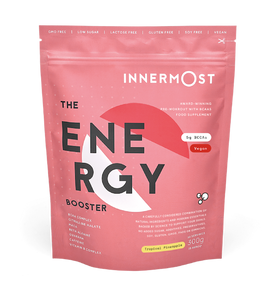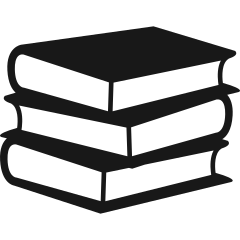Acupressure? Don’t you mean, Acupuncture? Well, kind of. Not quite.
What is Acupressure?
Acupressure has been being used in Traditional Chinese Medicine (TCM) for thousands of years to promote relaxation, healing and wellness, that is often referred to as acupuncture without the needles.
Acupressure is a great way to relax, so if you’re thinking of engaging in acupressure therapies, make sure you check out The Relax Capsules, too, to really enhance your relaxation.
A history of acupressure
Acupressure is classified as one of many Asian Bodywork Therapies (ABT) and requires trained therapists to use their fingers, palms, elbows and even their feet to apply pressure to certain body areas and points. What are acupressure points, you ask? Well….
What are acupressure points?
Acupressure points, or meridian points, are points on the body that are intrinsically linked. Meridian points are best described as points that connect to an organ system, and traditional medicine state that these points are energy passageways throughout the body.
There are a number of major meridian points on your body, including:
- The lung meridian
- The large intestine meridian
- The stomach meridian
- The heart meridian
- The small intestine meridian
- The bladder meridian
- The kidney meridian
- The pericardium meridian
- The triple warmer meridian
- The gall bladder meridian
- The liver meridian
You get the point…
These points are said to transfer energy (or chi) throughout the body, and are used to treat a number of ailments, including the below:
- Insomnia
- Headaches
- Nausea
- Stress and anxiety
- Menstrual cramps
- Muscle injury, tension and pain
Whether the injury, issue or ailment is a one-off or something that you experience every month (such as menstrual cramps) or regularly (such as a persistent muscle strain or injury), acupressure could be a great way to alleviate some of your symptoms, whilst presenting a number of other health and wellness benefits, too.
The more advantages the merrier, right?
Benefits of acupressure
Widely used when treating sports-related injuries and in pain management techniques, the reported benefits of acupressure are pretty impressive, and varied:
- Natural pain relief
- Lowers blood pressure
- Improves quality and length of sleep
- Improves digestion
- Releases endorphins
- Alleviates injury symptoms
What happens during an acupressure session?
During a typical acupressure session, an acupressure therapist (or acupuncturist) will apply pressure to the relevant meridian points on your body, depending on the issue being treated. During this time, you will be lying on a massage table or similar.
Pressure and time spent on a particular meridian point is often increased and decreased to ensure that the point is properly stimulated, and these acupressure routines are often repeated three to five times per acupressure session.
Is acupressure a pseudoscience?
As with acupuncture, acupressure has its critics. Acupressure science (and it’s effectiveness) is often debated.
Many people are slightly sceptical when it comes to such natural methods when it comes to alleviating pain and promoting wellness and healing. But, don’t be put off. There’s a great body of evidence to support the positive effects of acupressure.
In a study published by Science Direct, a systematic review of acupressure treatment investigations revealed a distinct correlation between acupressure treatments and effective treatment of pain, suggesting that healthcare providers should begin to implement acupressure therapies in addition to pain management, or in place of pain management strategies for patients who can’t cope with other strategies.
Many people who are slightly sceptical about acupressure and perhaps don’t want to commit to paying for an acupressure therapist often begin their acupressure journey using an acupressure mat. Acupressure mats are similar to that of yoga mats, but feature hundreds of little raised, plastic points that are designed to place pressure on the body’s many meridian points.
Are acupressure mats safe?
Whilst we don’t advise investing in an acupressure mat if you are pregnant, have any open or healing wounds that may be negatively affected by the pressure of an acupressure mat, acupressure mats (when used correctly) are safe. Keep them out of the reach of young children though, of course, those spikey points aren’t very child-friendly.
When first using your acupressure mat, we recommend wearing socks (if you are standing on the mat) or laying an empty pillow case over the mat, just whilst you get used to the pressures of the points.
Use for around ten to twenty minutes a day and see how you get on. We’d love to hear about your experiences! If you fancy having a go at some acupressure therapy yourself, check out the below acupressure mat options:
- The YokeMat by Yoke Wellness
- Bed of Nails Mat
- Shakti Mat Original by Shakti Mat UK
References
- Chen, Y. W., & Wang, H. H. (2014). The effectiveness of acupressure on relieving pain: a systematic review. Pain Management Nursing, 15(2), 539-550. Click here.























